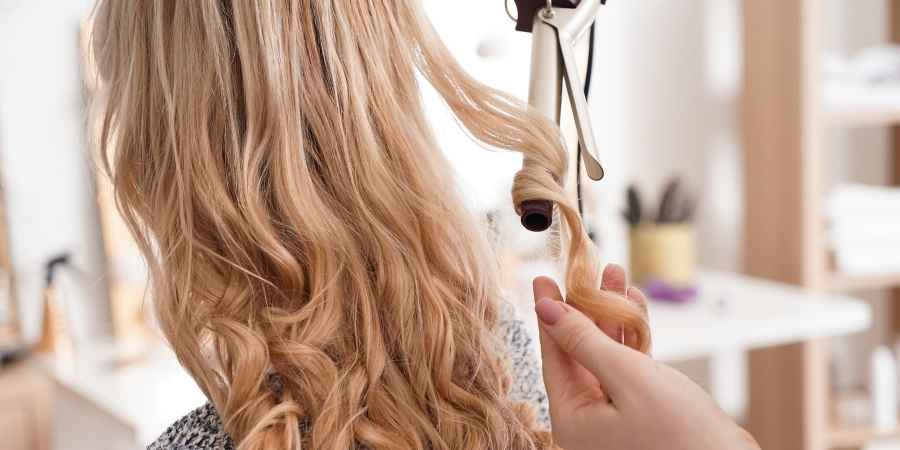Fine Hair Curling Irons
Getting all glammed up may lose some of its sparkle if your issues with fine hair prevent your strands from holding a style to begin with.
The lack of volume and texture that accompanies fine hair can make it difficult to achieve the looks you want. The right fine hair curling irons can create looks such as bouncy curls or beach waves. As such, it can be a little disheartening to even consider picking up a styling wand if you know your strands are just going to fall back immediately after.
There’s also the added pressure of being unsure on where the beauty experts stand on putting heat on fine hair. But thankfully, there are a number of resources available to teach you how exactly to curl your hair so that it sticks, and most importantly, how to do so safely.
All hair types can be curled through the use of irons, as long as you make sure to utilize the correct products both before and after. When curling your hair, the first step is to ensure that your tresses are ready to take on the heat that comes with styling tools in the first place. And if you have fine hair, it’s doubly important that you take precautions to ensure that your hair stays healthy and in good shape no matter what.
Avoiding Damage
Fine hair is more slippery and sensitive, and because heat tools have a tendency of draining moisture from the hair, this can also result in damaged tips. Curling irons should not be used everyday, even for those who do not have fine hair. You should also opt to take alternative routes to getting your desired styles, such as air-drying or making full use of mousse and other products that will provide the same output.
Selecting the right iron to work with is the next step. It’s imperative that you go with one that will allow you to switch between temperature settings, as fine hair does not need to be exposed to the highest heat setting all the time in order to be styled.
Ceramic irons work best with this type of hair, as metal irons may have the unintended effect of damaging your sensitive strands. You can also choose to buy an iron that is coated in a layer of ceramic instead of being made from it, but these will not last as long and will most likely need to be changed after a set number of uses.
The Size
Finally, ensure that you have checked out the size of the barrel of the wand you are using. Smaller barrels are better for tighter curls, while a bigger one will give you those desired beach waves. There are even irons that are made with minerals to help restore vitality and moisture to the strands while they are being used.
To make the most out of your purchase, choose an iron that comes with interchangeable barrels so that you are prepared for any kind of occasion.
Fine Hair Curling Iron Techniques
Now that you’ve selected the tool to use, you are ready to begin curling your hair.
- First up is to ensure that your hair is in the best possible shape in order to be able to take the heat. This will reduce the chances of hair damage and maximize the volume that you’re seeking.
- It’s incredibly important that your hair be completely dry before you begin curling it. If you curl damp hair, this can be dangerous and cause even more damage to your strands than you might think.
- You should also take care to check that the products you’re applying are made especially to help protect the tresses from heat styling.
Protecting Fine Hair
Heat protectant sprays or serums can be useful in minimizing the potential risk for harm to come during the curling and styling process.
When you switch on your iron, use it at a lower heat setting as much as possible. Stylists will recommend a temperature of not more than 350 degrees, though you can also go lower. In addition, avoid having the curling wands touch your hair for too long. A duration of three to seven seconds is more than enough time to get fine hair to curl.
Once you’re finished, pin each curl to your head and add some hairspray while you work on the rest of your hair. This will help the curls to set in a way that does not require any more heat.

